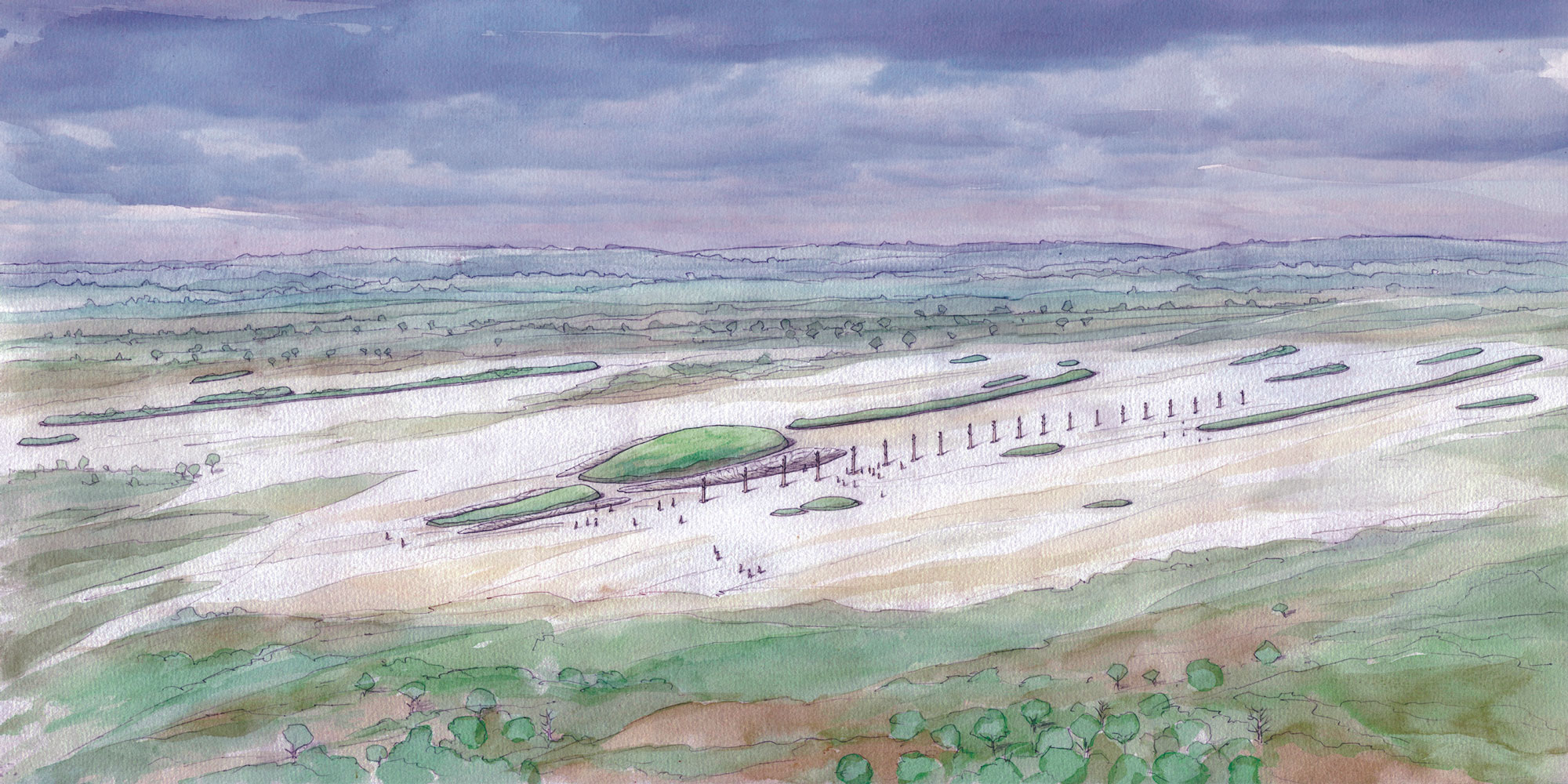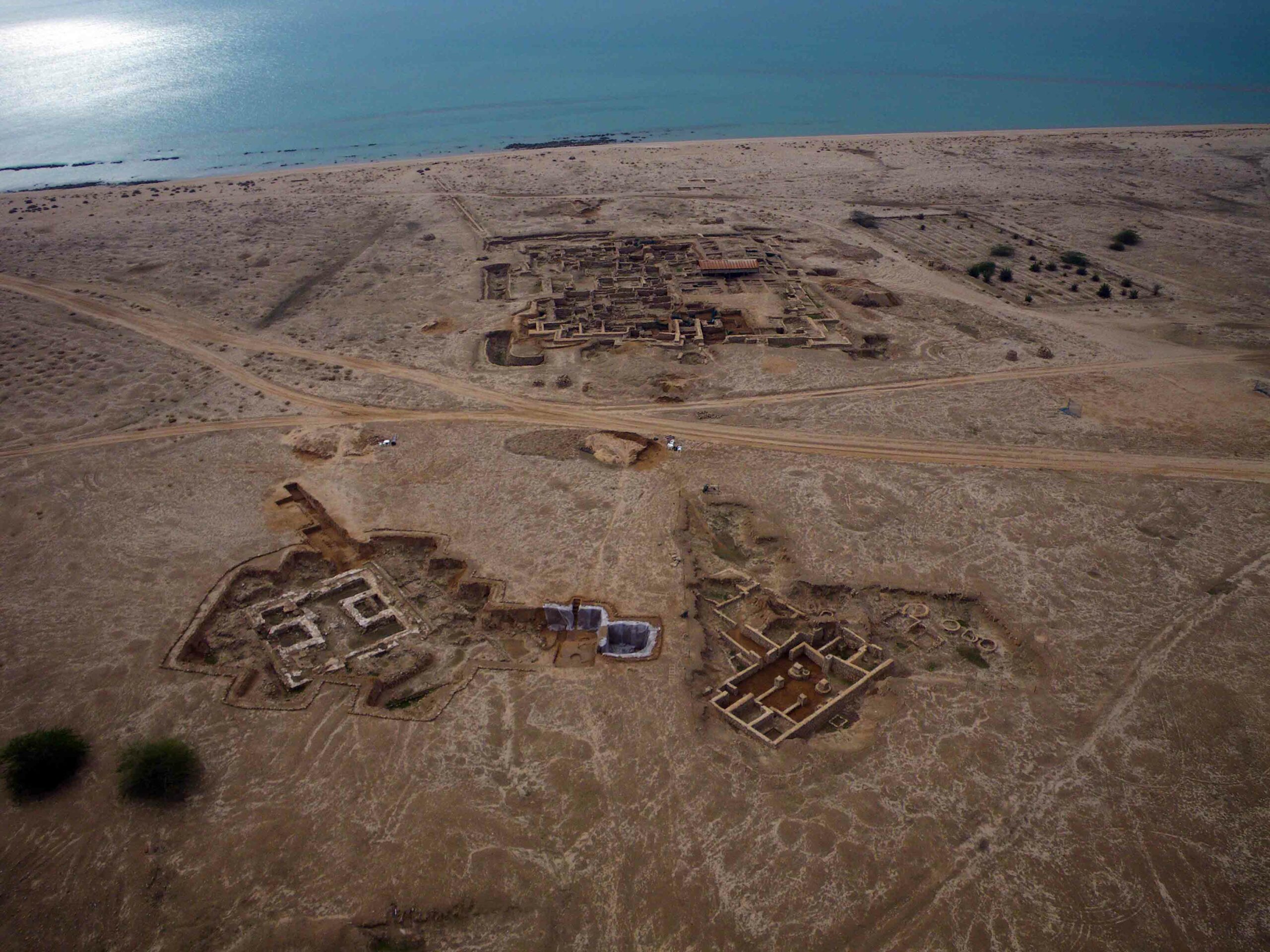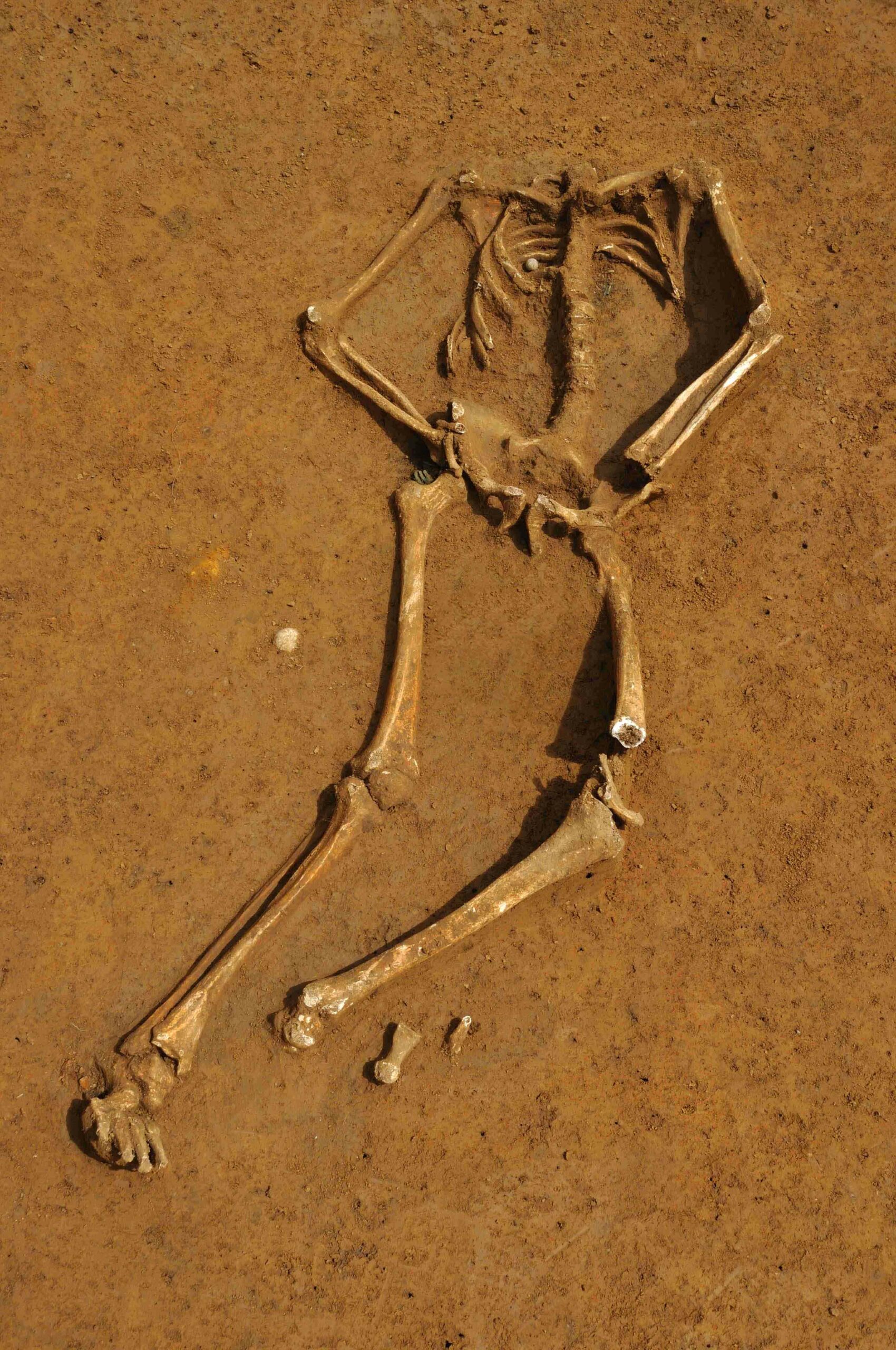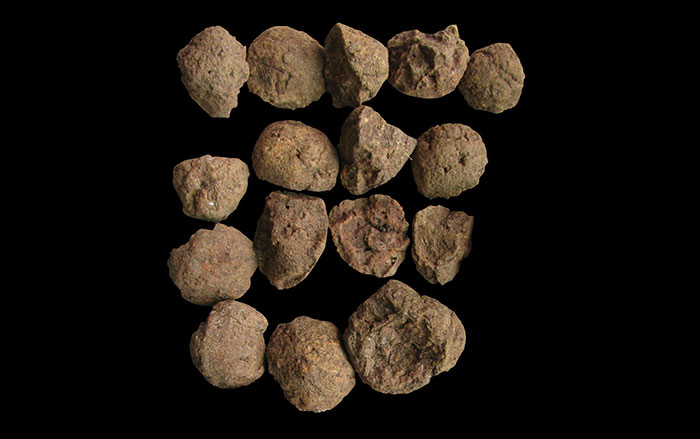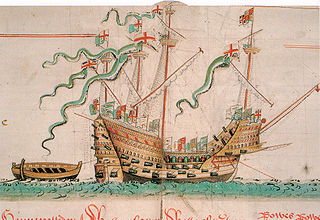
YORKSHIRE, ENGLAND—When lead cannonballs from Henry VIII’s flagship, the Mary Rose, began to rust, they were sent to physicist Susan Kilcoyne of the University of Huddersfield. She fired neutrons at the cannonballs and found that they contained iron cores. But were the iron cores intended to lower the cost of producing soft lead cannonballs, or had the iron been hardened in order to increase the amount of damage caused to enemy ships? “They would probably have worked like a soft-nose bullet. They could be some of the earliest examples of armor-piercing projectiles,” said Alex Hildred of the Mary Rose archaeology team. Additional tests could help to determine if the iron cores were a technological advancement. It had been thought that such shells were not developed until the late nineteenth century.



